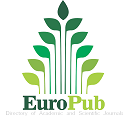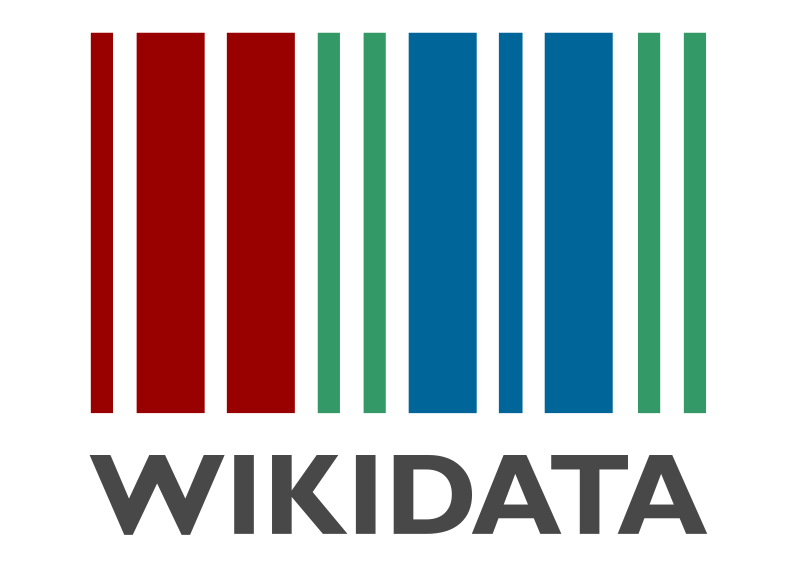Author Guidelines
General Instructions for Authors
- All manuscripts sent to the journal are pre-examined by the chief editor and the assistant editor.
- All manuscripts sent to the journal are evaluated using the mutual blindness of the names of reviewers and authors (double blind method).
- The reviewers are not informed about the identity of the author and authors are not informed about the identity of the reviewer.
- The reviewers in the journal for a year are published in the December issue of each year as a single list.
- The manuscripts considered positive by one reviewer and negative by the other reviewer are sent to a third one
- A faculty member working in the same institution as the author cannot be a reviewer.
- The Reviewers is selected among the faculty members who are experts in the field of study.
- The manuscript sent to the journal should not have been published elsewhere before the time of submission.
- The manuscript sent to the journal for publication should not be in the process of waiting to be published or evaluated elsewhere.
- Complementary material such as data sets, etc. should be submitted together with the text.
- If financial support or data support is received from any institution for the study sent to the journal, it should be indicated at the end of the title of the study as a footnote.
- If there are any contributors to the study, although they are not the author(s), This person or people should not be reported as the author. However,They should be thanked in the “Acknowledgements” section of the article. Acknowledgments should be included as a separate section at the end of the article before references.
- If the article is produced from a thesis, it should be placed at the end of the title as a footnote.
- If the manuscript submitted to the journal has been presented at a conference before, It can be accepted for publication only if it was published in the abstract book and not as a full paper. When submitting the manuscript to the journal, this should be indicated in as a footnote at the end of the title of the manuscript.
- Articles submitted to the journal should be a minimum of 4000 words and a maximum of 30 pages, excluding Turkish and English abstracts and references. (Date of Update: 12/01/2022)
- Original studies prepared according to the ethics of scientific research and publication are published in the journal.
- Regulations regarding what type of research requires ethical approval differ around the world. In some countries, all studies require ethical approval, while in other countries there is no such practice. This may lead to the submission of articles containing studies that do not meet the requirements set by the journals for independent ethical approval, and the rejection of the article due to misunderstanding of local regulations.
- If in doubt about local laws or regulations, editors may ask the author(s) to provide an explanatory letter or a letter about the research from the individual research ethics committee or research ethics officer in that country to clarify this issue. Under no circumstances can the article be published unless it is stated by the author that the information obtained privately through interviews, correspondence or discussions with third parties is not used without the written consent of the source (or their parents if the age is under 18).
- See “Journal's Policy on Ethical Oversight” for detailed information.
- From the time of submission of the manuscript to the journal, all publication rights have been transferred to the journal.
- The manuscript sent to the journal are not paid copyright.
- Authors who send manuscripts to the journal accept the publication rules of the journal.
- Manuscripts that do not comply with the publication rules and writing rules of the journal are not included in the evaluation process.
- All kinds of legal responsibility arising from the thought and put forward opinions in the manuscripts published in the journal belong to the authors.
- Authors set a username and password on the main page of the journal, register to manage their account and submit an article to the journal.
- The authors log in to the system by clicking the "registration" button on the main page of the journal.
- After completing the registration, the author should not forget to define himself/herself as an "author" by entering the "view my profile" tab.Following this process, the author uploads his/her manuscript to the system.
- After the manuscripts are evaluated by the chief editör, field editor and the reviewers, the author is informed about the article.
- The author can follow the process of his article at http://iccsor.com/index.php/jatss/login
- Manuscripts sent to the journal are scanned in the iThenticate program for detection of similarity rates to prevent plagiarism. Manuscripts with a similarity rate above 20% are rejected.
- Authors are given 7 days to make the necessary arrangements.If the period given to the authors is passed, the article will be rejected.
- the OJS Journal Management System does not allow the author or editor to withdraw the article once it is sent to reviewers so that the contributions made by the reviewers and editors are not used unfairly. Authors should take this into account before making such a request. In that case the manuscript can be returned to the author(s) as a rejection if the Editör decides so.(Date of Update: 29/01/2022)
- After the manuscript reaches the journal, a preliminary examination is made for compliance with the spelling rules and scanned in the iThenticate program.
- The works that are not rejected as a result of the preliminary evaluation are sent to the reviewers designated by the editors within 10 days.
- The reviewer notifies the journal of his / her response to the evaluation invitation sent to him / her within 7 days via one of the links “I want to evaluate the article” or “I do not want to evaluate the article”.
- The reviewer who accepts the invitation to review for the manuscript, evaluates it within 3 week and informs the journal.
- At the end of one month, the reviewer who does not make the evaluation and notifies the journal is replaced.
- The newly appointed reviewer is given two week to make the evaluation and report to the journal.
- If the reviewers request “changes and corrections” from the authors, they are expected to be fulfilled by the authors within 7 days.
- After the number of journals in which the article is published is uploaded to our website, the authors should inform the editors if there is a situation that the article wishes to add or request a correction regarding the final version published on our site.
IMPORTANT NOTE FOR AUTHORS
Manuscripts written in English are given higher priority
Priority will be given to statistical and econometric studies conducted on more than one country with a large research group and sample (for example, using World Bank Open Data, Eurostat Database, etc.).
Compared to articles describing a local issue, situation or event, publication will be given priority to articles that concern one or more sectors, one or more countries, and draw attention to issues that deeply affect societies.
TIME PERIODS
MATTERS TO BE CONSIDERED
The JATSS Editorial Board (consisting of the Editor-in-Chief and Field Editors) can make changes to time periods and processes.
The Editorial Board determines when and in what issue the ACCEPTED studies will be published.
|
Situations |
Standby time |
|
The time given for the manuscript submission to the journal is at least one month before the publication date. However, manuscript submitted earlier will have less risk of problems due to delays that may arise in the peer-review process. |
|
|
The manuscript submitted to JATSS is scanned by the plagiarism software program IThenticate, after being pre-examined by the relevant field editor and editor-in-chief. |
3 days |
|
Response time to the invitation in case of sending back to the author to make corrections as a result of the pre-review. |
7 days |
|
Maximum time taken by the Field Editor to submit the article to the reviewers. |
10 days |
|
Response time from reviewer(s) to review request |
7 days |
|
A reminder is sent to the reviewer at the end of the 7th day. If no response is received, the appointment of the reviewer will be cancelled. A new reviewer is appointed in his/her place. The standby time for it. |
3 days |
|
Evaluation time given to the reviewer. (However, this period can be changed by the editor as a minimum of 15 days and a maximum of one month). |
3 weeks |
|
Response time for the author(s) to make the corrections and changes requested by the reviewer(s). |
7 days |
|
If the reviewer(s) requests a second correction, the author(s) response time to the invitation to make corrections and changes. This process is repeated as long as the reviewer requests corrections and changes.. |
7 days |
|
The manuscript that is evaluated positively by one reviewer and negative by the other reviewer is sent to the third referee. The standby time for it. |
10 days |
|
If the reviewer who requested the revision did not want to see the manuscript again, the relevant field editor checks whether the author has made the requested corrections and notifies the editor-in-chief of his/her positive or negative opinion regarding the publication. |
3 days |
|
Time allowed for all authors to request the removal or correction of errors they notice after their articles are published for errors to be removed from the text of the article or to be corrected after their articles are published |
5 working days |
Article Templates with Examples (Please choose the appropriate one for your case)
Article Template in English(Updated on October 02,2024)
Article Template in Turkish(Updated on October 02,2024)
Copyright Transfer Agreement Form
JEL Codes from American Economic Society

















